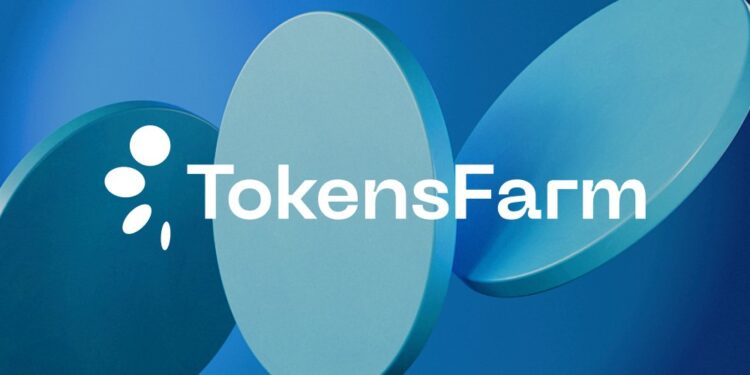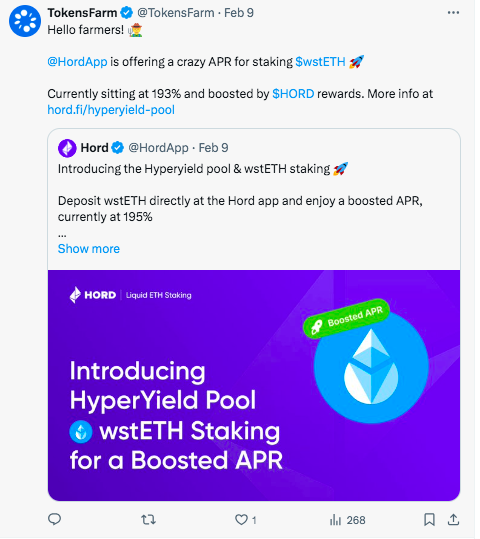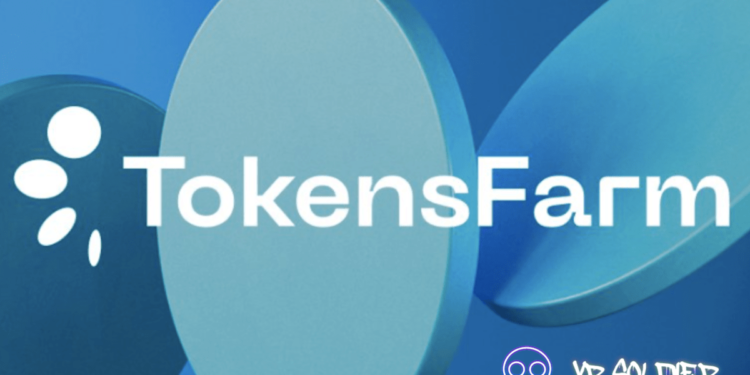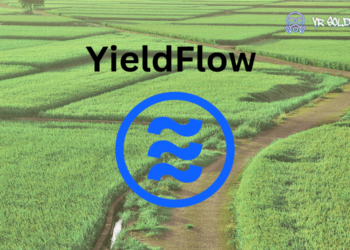DeFi, or decentralized finance, has been a growing niche and blanket term in the world of cryptocurrencies since 2019. Some prominent functionalities under DeFi include lending protocols, payment applications, and Decentralized Exchanges (DEXs). On the other hand, Yield farming in the form of staking and LP farms are a few of TokensFarm central aspects. This blog post will discuss the DeFi functionality of providing liquidity to DEXs and Liquidity Pool (LP) farming, emphasizing the power of yield farming in maximizing returns for participants.
The History of DEXs & Liquidity
In 2014, following the announcement of Ethereum, Vitalik Buterin and others discussed how to utilize Ethereum to the fullest. One of the ideas that grew popular was the concept of DEXs. DEXs are direct peer-to-peer cryptocurrency exchanges that operate without an intermediary. However, roughly a month after the concept of DEXs started circulating, the leading Bitcoin exchange Mt. Gox experienced a devastating hack. Mt Gox lost 850,000 Bitcoins belonging to its users and was forced into bankruptcy. Mt Gox’s hack highlighted the security risks associated with centralized exchanges.

One of the first DEXs to operate was EtherEX which became inspirational to the next generation of DEXs. Some of the issues with EtherEx was that every trade required a fee and confirmation from the Ethereum network. Fees and confirmations made trading on EtherEx costly and slow. Some also criticized EtherEx’s order book UI.
The next generation of DEXs started with EtherDelta. The main difference between EtherEx and EtherDelta is how the order book operates. On EtherDelta, the order book was off-chain as opposed to EtherEx’s on-chain order book. Taking the order book off-chain sped up transactions and reduced fees while keeping the trade execution on-chain.
EtherDelta’s leading developer encountered legal trouble, and other DEXs took its place. Another DEX that revolutionized the trading process was Bancor which introduced the concept of automated market makers (AMMs).
AMMs, Modern DEXs & Liquidity
AMMs replaced order books with a sleeker UX that calculated the prices of tokens automatically. Price calculation is done with the use of user-provided liquidity pools. Each tradable pair requires nearly equal pools of the two assets. In exchange for liquidity, users receive LP tokens representing their share of the pool.
Liquidity pools receive an average allocation of 0.25 percent in trading fees in that pool from the DEX. Increasing the size of the pool incentivizes the liquidity providers. Providers of liquidity can remove their liquidity from the DEX and get their proportion of token pairings back by returning the LP tokens to the DEX. However, Today, nearly all DEXs have followed Bancor’s path and now work with automated market makers.
TokensFarm’s Customizable LP Farm Features

At TokensFarm, crypto projects can deploy LP farms without coding or integrations. The LP farm’s images and colors are completely customizable and are up to the crypto project. The duration and the number of token rewards are also customizable to fit the project’s goals.
Typically it is recommended to reward stakers generously and set a duration of at least a few months for an LP farm. By doing so, the farm can maximize its effect and draw in DeFi enthusiasts unfamiliar with their project.

Projects can also set unique warm-up & cool-down periods on farms. Warm-up periods mean farmers will need to wait a predetermined amount of time while staking before receiving rewards. Cool-down is a very similar concept. With cool-down periods farmers are required to wait a specific amount of time before withdrawing a portion of their stake or its entirety.












